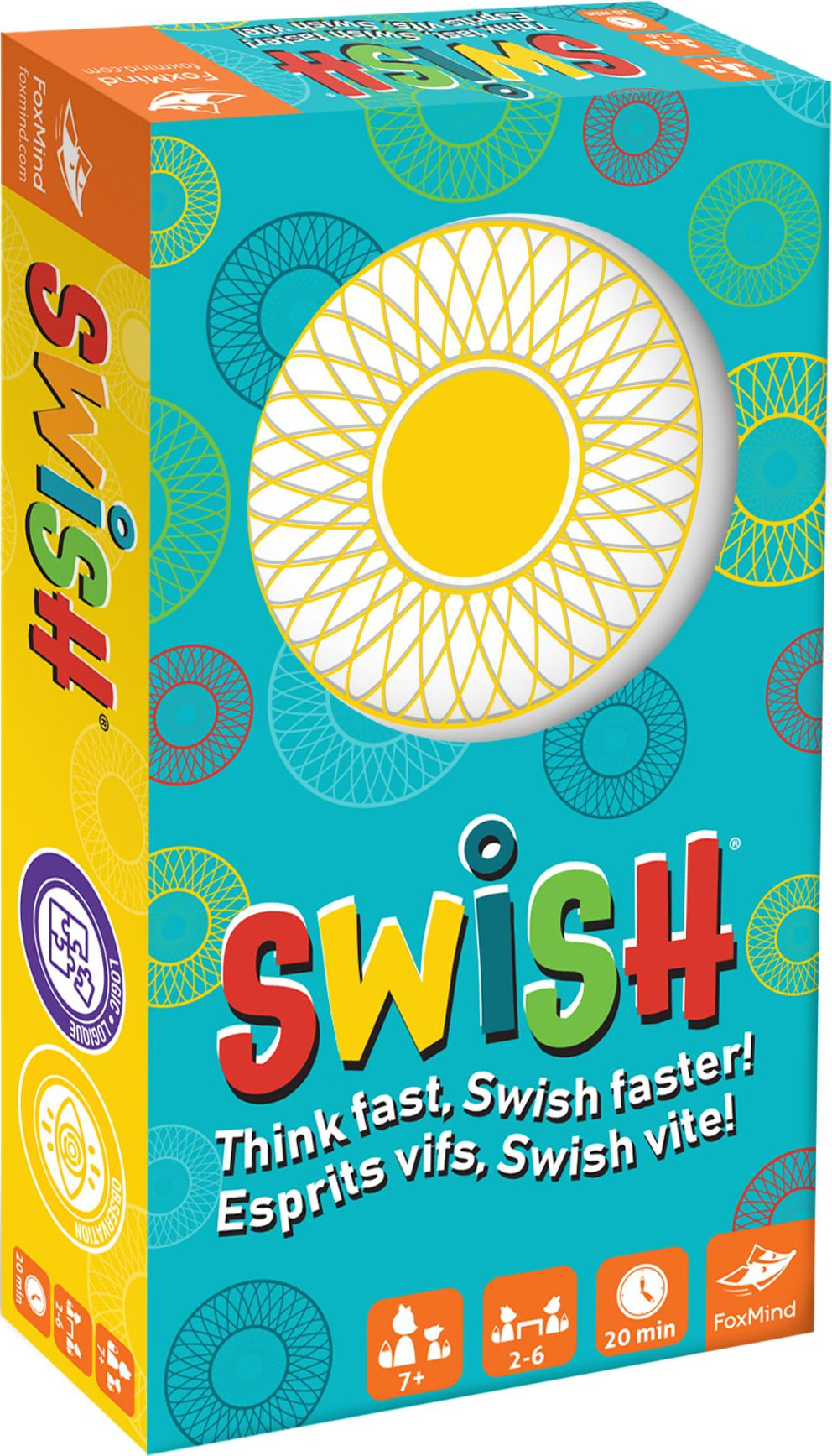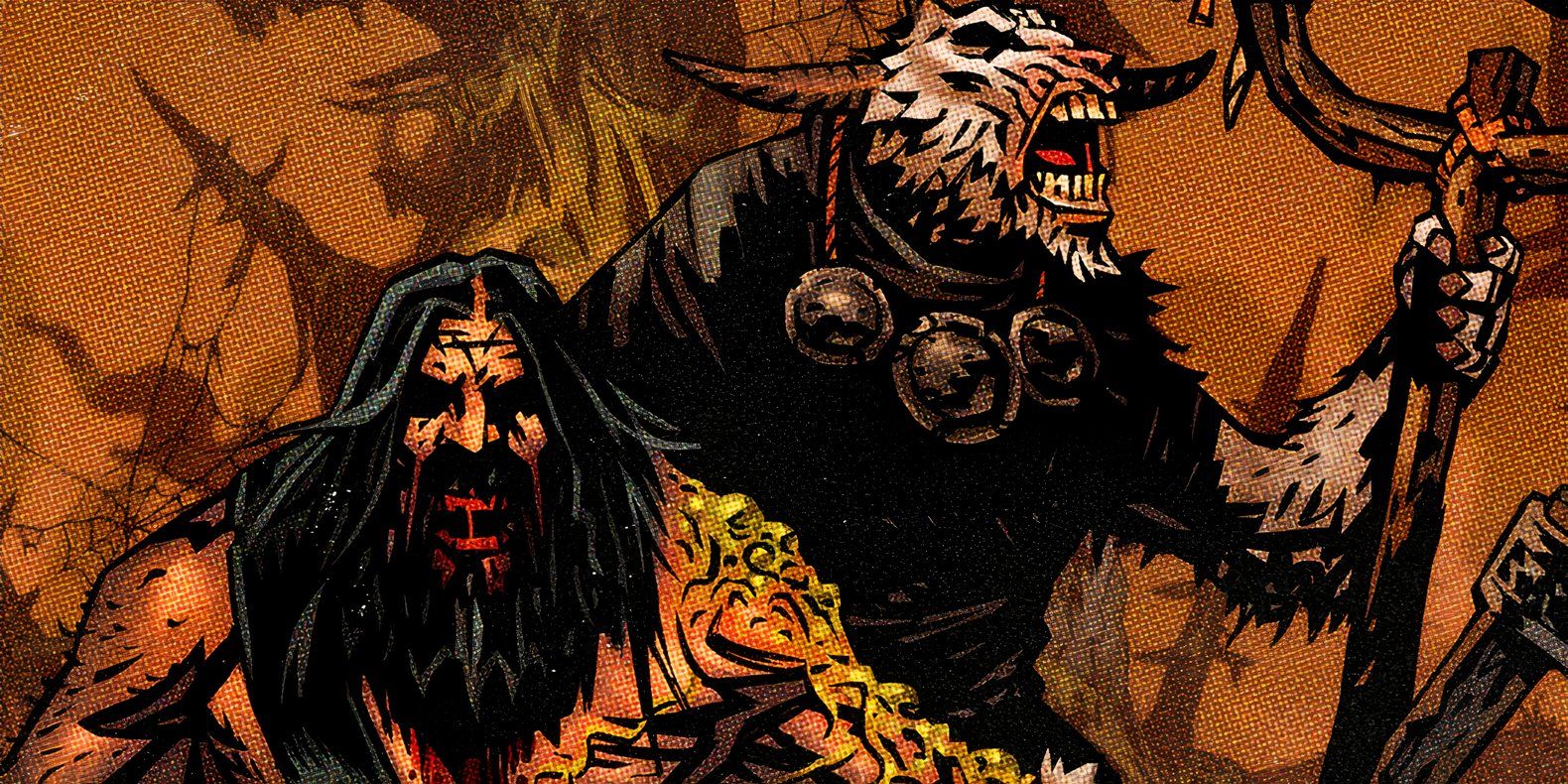PROTECT YOUR DNA WITH QUANTUM TECHNOLOGY
Orgo-Life the new way to the future Advertising by AdpathwayThe Game
General Orders: Sengoku Jidai is a standalone entry in the General Orders series. It's a two-player, thirty-minute clash in which rival daimyō compete for control of key battlefields during Japan's Warring States period.
As in General Orders: World War II, players alternate turns sending their commanders to contested locations, deploying troops, reinforcing supply lines, and seizing valuable locations. Victory comes after four rounds through control of key areas — or instantly, if you drive your opponent from their headquarters.
What sets Sengoku Jidai apart are its two new battlefield dynamics: ships and waterways, and siege weapons and fortifications. Each adds a layer of tension without slowing the game's streamlined pace.
The Origin
The idea for Sengoku Jidai emerged soon after we finished work on General Orders: World War II. Trevor and I loved how the system combined worker placement with wargame tension, and we saw opportunities to extend it into new historical settings. The Sengoku period — with its river crossings, fortresses, and rival lords — felt like a natural fit.
At the top of our "Design and Development" document, we wrote:
New elements – ships, forts, siege weapons – need to be:
• Relevant (i.e. players are incentivized to engage with them)
• Fun (create interesting game play dynamics)
• Thematic (at a very abstract level!)
• Relevant (i.e. players are incentivized to engage with them)
• Fun (create interesting game play dynamics)
• Thematic (at a very abstract level!)
This became our guiding principle.
Early Development
Ships were the first addition we explored. Initially, they served only to extend supply across rivers, but that felt underwhelming. That insight pushed us to make ships a tool for daring strikes as well as supply.
Siege weapons followed a similar path. At first, they were just artillery by another name, but we quickly realized their role was to pressure fortresses, creating high-risk, high-reward choices. Left unprotected, they were liabilities; used well, they could be decisive.
A screen capture of a Tabletop Simulator playtest from October 2023; we used the format of the cards from General Orders: WWII for our prototype cards for Sengoku Jidai
The Two Maps
From the outset, we wanted Sengoku Jidai to offer two distinct battlefields, much like General Orders: WWII:
▪️ The River Map emphasizes maneuver. Ships are central, and players must constantly weigh crossing the river versus defending their banks.
▪️ The Fortress Map adds attrition and siege. Controlling and breaking fortifications becomes the central challenge.
The dual-map structure let us showcase the new mechanisms in two very different ways.
A screen capture of a Tabletop Simulator playtest from October 2023; this was an early concept for a Fortress Map that would be abandoned because it didn't provide the dynamic we were looking for
Iteration and Playtesting
Balancing the new systems was the bulk of development. Siege weapons in particular required fine-tuning: too powerful, and they became the only strategy; too weak, and they were ignored. After many rounds of testing, we found the sweet spot: situational but essential.
Ships posed a different problem — they risked overcomplicating the system. The breakthrough came when we tied them directly to area control. That gave them weight without bogging the game down.
In organized playtests, some players gravitated to the open maneuver of the River Map, while others preferred the tension of the Fortress Map. The split feedback was exactly what we hoped for: two maps offering distinct, but equally engaging experiences.
A screen capture of a Tabletop Simulator playtest from late 2023
Art and Production
For Sengoku Jidai, Osprey Games worked with illustrator Tanner Staheli. His style struck the balance we wanted: evocative of the period, but clean and functional for gameplay. The game retains the compact presentation of General Orders: WWII — a double-sided board, wooden units, and operations cards — all in a small box that plays in half an hour.
Release
General Orders: Sengoku Jidai debuted in mid-September 2025. From the first scribble in our notes — "ships + siege?" — to the final product, it's been a two-year process of iteration and refinement.
For Trevor and me, the goal was always to show how the General Orders system could travel across time and geography. With Sengoku Jidai, we hope players enjoy both the familiar elegance of the system and the fresh dilemmas created by ships, rivers, fortresses, and siege engines.
David Thompson


 2 days ago
1
2 days ago
1
/pic8662718.jpg)
/pic9112993.jpg)
/pic9112996.png)
/pic9073679.png)
/pic9073680.png)
/pic9113003.jpg)
/pic9113007.jpg)
/pic8977616.png)
/pic8920149.png)















 English (US) ·
English (US) ·  French (CA) ·
French (CA) ·